

|
|
|


|
|
1/10 Scale Electric Monster Truck:
Kyosho HiRider II Corvette - 30505
|
Released by Kyosho circa 1997, the Hi-Rider II Chevy Corvette - # 30505 - is based on the Tracker Monster Truck, and came as an unassembled kit, with an unpainted lexan polycarbonate Bodyshell, a Mabuchi 550 Motor, Rotory Mechanical Speed Controller, Wheels and Tires. A Radio System, Battery and Charger to be purchased separately.
The 2WD model is based on a molded plastic chassis, with a gear type differential, coil spring over oil filled dampers, dogbone drive-shafts and bushings.
Check out our Kyosho Archive for other Vintage models.
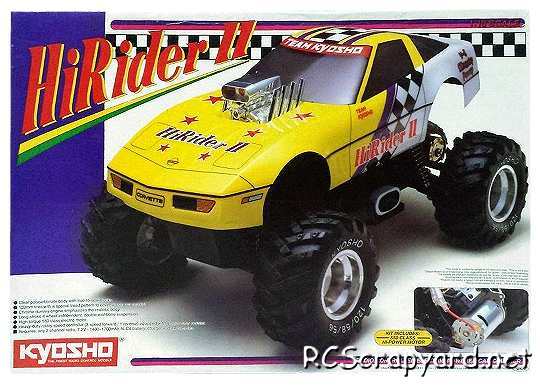
To race the Kyosho HiRider II, it requires a high level of tuning for improved stability when cornering, to keep it on the track and give you more grip under acceleration. Even the smallest change in your cars settings can make a Big difference. Our simple to follow instruction chart will show how to attain the best Set-up for your personal requirements.








|
|
|

★ Kyosho Hi-Rider II - 30505 - Chassis ★
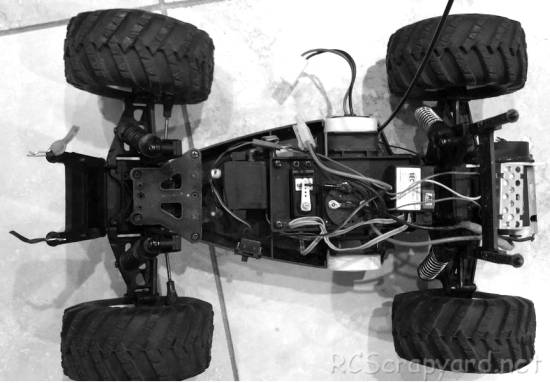
★ Kyosho Hi-Rider II - 30505 - Chassis ★
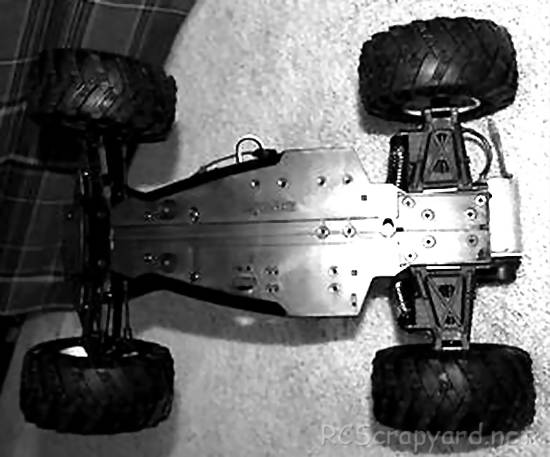
★ Kyosho Hi-Rider II - 30505 - Chassis ★
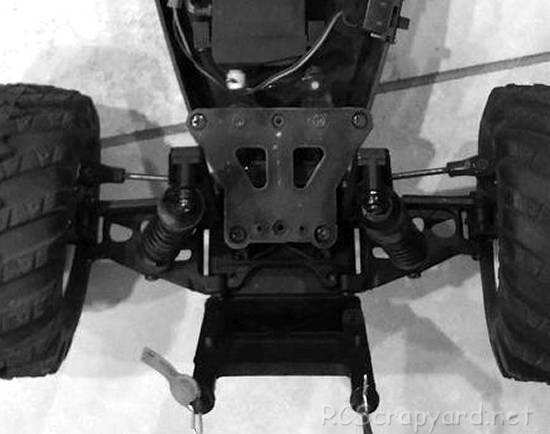
★ Kyosho Hi-Rider II - 30505 - Chassis ★
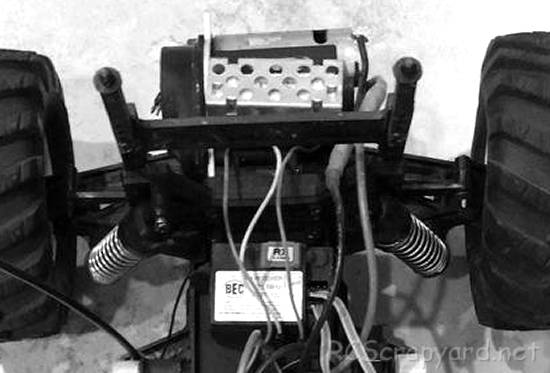
★ Kyosho Hi-Rider II - 30505 - Chassis ★
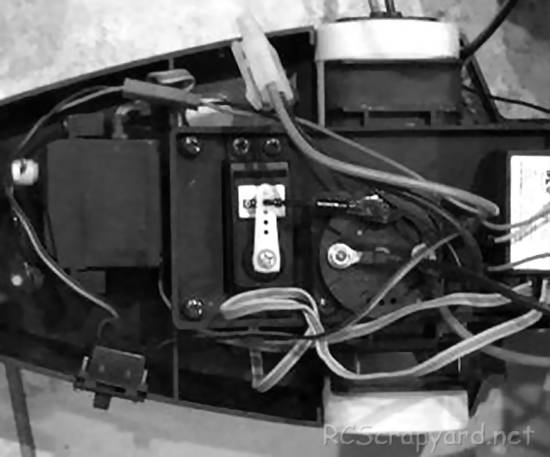
★ Kyosho Hi-Rider II - 30505 - Chassis ★
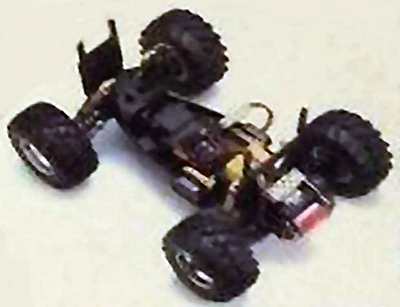
★ Kyosho Hi-Rider II - 30505 - Chassis ★
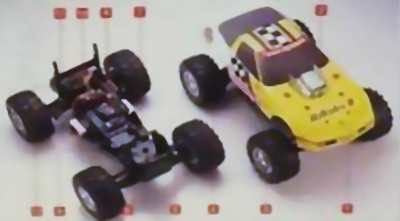
|
Buying a Used Kyosho HiRider II
|
|
Manufacturers and Brands Catalogued, Listed and Reviewed by RC-Scrapyard.
At present, the RC Model Manufacturers, Brands and Distributors covered by us are: ABC Hobby, Academy, Acme Racing, Agama Racing, Amewi, Ansmann Racing, ARRMA, Team Associated, Atomic RC, Axial, AYK, Bolink, BSD Racing, Capricorn, Carisma, Carson, Caster Racing, Cen, Corally, Custom Works, Durango, Duratrax, ECX - Electrix, Exceed RC, FG Modellsport, FS-Racing, FTX, Fujimi, Gmade, GS-Racing, Harm, HBX, Helion, Heng Long, Himoto Racing, Hirobo, Hitari, Hobao, Hong-Nor, Hot Bodies, HPI, HSP, Intech, Integy, Jamara, JQ Products, Kawada, Kyosho, Losi, LRP, Maisto, Mardave, Marui, Maverick, MCD Racing, Megatech, Mugen, New Bright, Nichimo, Nikko, Nkok, Ofna, Pro-Pulse, Protech, PTI, RC4WD, Redcat Racing, RJ-Speed, Robitronic, Schumacher, Seben, Serpent, Smartech, Sportwerks, Step-Up, Tamiya, Team-C Racing, Team Magic, Thunder Tiger, Tomy, Top Racing, Traxxas, Trinity, Tyco, Vaterra RC, Venom, VRX Racing, WLToys, X-Factory, Xmods, Xpress, Xray, XTM, Yankee RC, Yokomo, ZD Racing and Zipzaps. |
Information and AdviceElectronic Speed ControllersHistory
ESC were originally developed to be used in conjunction with brushed 27T stock and modified motors in the late 1970s, early 1980s. Compared to modern day Controllers, they were Bulky and heavy, constructed using basic resistors, rheostats, capacitors and transistors, crammed together on a simple circuit board, to provide stepped but smooth acceleration when compared to the old mechanical, servo operated sweeper Speed Controllers. An Electronic Switch to change the direction of current flow was used on some of these early ESC to give reverse operation. Although they were a vast improvement on the old mechanical speedos of the time, they were expensive, jerky to control, and prone to burn out if not carefully looked after. |
|
Hints, Tips and Information
Gearing to Win
Just because you have the latest model, the best available batteries, the most powerful electric motor or nitro engine, doesn't mean you will go out and win everything in sight. The fastest car on the track is rarely the one that wins, it's the one that can accelerate out of corners under control, and remains consistent and efficient from the start to the end of a race.
|
|
RC Models:
|
Radio & Motors: |
Other
Accessories: |